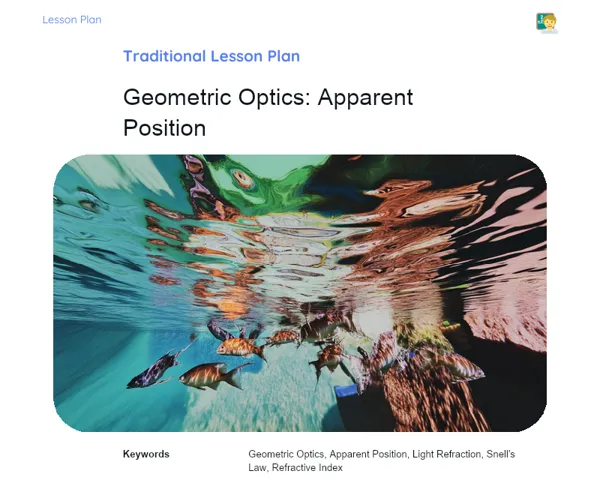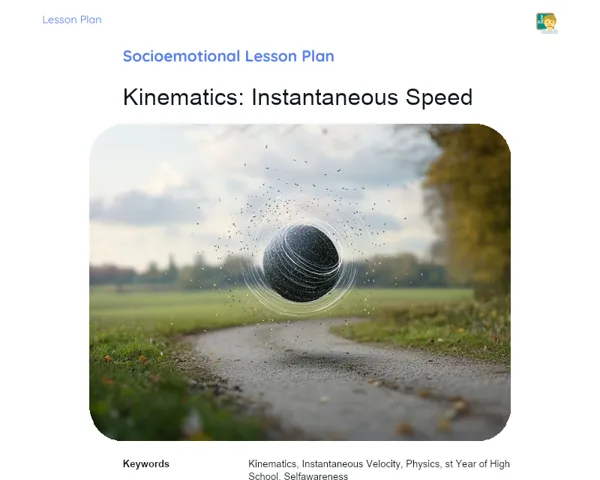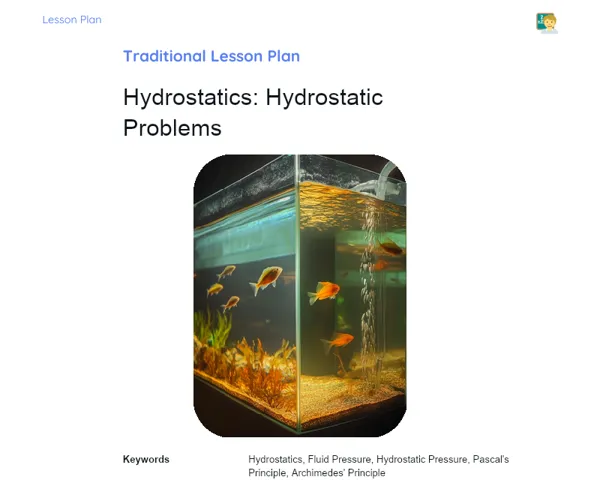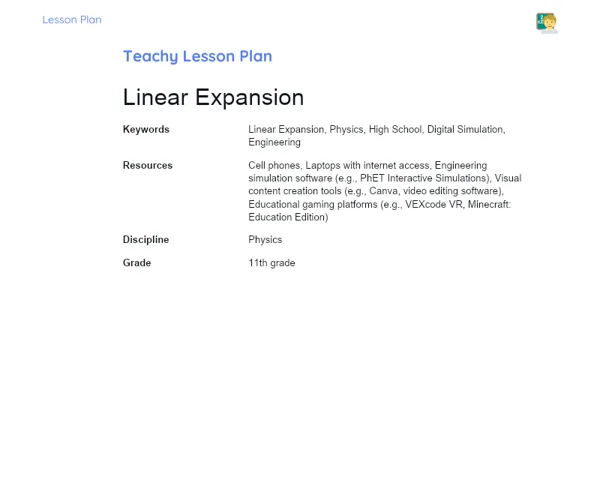Lesson Plan Teknis | Dynamics: Traction Force
| Palavras Chave | Tension Force, Ropes, Calculation, Dynamics, Civil Engineering, Bridge Construction, Pulley Systems, Practical Problems, Job Market, Practical Skills, Critical Thinking |
| Materiais Necessários | Ropes, Pulleys, Weights or Heavy Objects, Supports for Fixing Pulleys, Dynamometer, Pulley System Diagram, Video on Suspension Bridge Construction |
Objective
Duration: 10 - 15 minutes
The aim of this stage is to ensure students grasp the key concepts of tension and can apply this knowledge to calculations and problem-solving. This equips them with essential skills for the job market, where practical problem-solving and theoretical application in real contexts are highly sought after.
Objective Utama:
1. Understand that tension is the force exerted by cables, ropes, chains, or any connection that’s under strain.
2. Calculate the value of tension force in a variety of practical scenarios.
3. Solve real-world problems that require calculating tension force.
Objective Sampingan:
- Encourage teamwork skills in resolving physics-related problems.
- Foster critical thinking by applying theoretical concepts to practical scenarios.
Introduction
Duration: 10 - 15 minutes
The purpose of this stage is to capture students' attention regarding the real-world importance of tension and connect it to everyday situations, sparking their interest. This sets the stage for a deeper understanding and practical application of the concepts we'll explore throughout the lesson.
Curiosities and Market Connection
Did you know that tension plays a crucial role in civil engineering and the construction of suspension bridges? Engineers must accurately calculate the tension that cables endure to guarantee the structure's stability and safety. In the automotive industry, tension is key to the functioning of brake and acceleration systems in vehicles.
Contextualization
Tension is a vital concept in physics that we often encounter in our everyday lives. Think about the lift in a building — its movement is all thanks to the tension created by the steel cables. Understanding how this force operates helps ensure the safety and efficiency of many mechanical systems we rely on daily.
Initial Activity
Provocative question: 'What do you think would happen if the tension in a lift's cables was incorrectly calculated?' Short video: Show a 3-minute clip from YouTube demonstrating the construction of a suspension bridge and the significance of tension calculations in the cables.
Development
Duration: 45 - 55 minutes
The goal of this stage is to provide a hands-on and practical understanding of tension, enabling students to interact with the concepts studied. By building a pulley system and solving real-life problems, students develop their analytical skills and apply theory in relevant contexts, better preparing them for challenges in the job market.
Topics
1. Definition of tension force.
2. Application of tension force in various contexts.
3. Calculating tension force using Newton's second law.
4. Solving problems related to tension force.
Thoughts on the Subject
Guide students to reflect on how tension is essential for the safety and operability of numerous structures and systems. Ask them to consider how their daily lives would be impacted if tension calculations weren't done accurately, encouraging them to think about the practical significance of this concept in engineering and applied physics.
Mini Challenge
Building a Pulley System
Students will construct a pulley system to see how tension is distributed at different points. They will work with basic materials like ropes, pulleys, and weights to simulate a real-world application of tension force.
1. Divide students into groups of 4 to 5.
2. Hand out the necessary materials: ropes, pulleys, weights (or suitable objects), and supports to affix the pulleys.
3. Instruct groups to build a simple pulley system with at least two pulleys, following a provided diagram.
4. Ask students to measure the force needed to lift the weights using a dynamometer.
5. Encourage students to record their findings and compare the measured force with theoretical tension calculations.
6. Facilitate a discussion on how the pulley system impacts tension force and how this applies to real-world scenarios, like in construction and load management.
Understand the distribution of tension force in a pulley system and its practical applications.
**Duration: 25 - 30 minutes
Evaluation Exercises
1. Calculate the tension in a rope pulling a 10 kg object across a frictionless horizontal surface.
2. An elevator weighing 500 kg is suspended by a cable. Determine the tension in the cable when the elevator is moving upward at a constant speed.
3. Solve a problem where a 20 kg object is lifted by a pulley system with a force of 50 N. What is the tension in each section of the rope?
Conclusion
Duration: 10 - 15 minutes
The aim of this stage is to consolidate students' learning, reinforcing core concepts and showcasing the practical relevance of what has been learned. Through discussion and reflection, students are encouraged to internalize the content and see the importance of tension in real situations, preparing them for future challenges.
Discussion
Encourage an open discussion with students about how tension affects daily life and its practical uses. Ask how the hands-on pulley activity helped clarify the concept and request examples of other scenarios where tension is at play. Invite students to reflect on the challenges they faced during the activity and how they worked through them.
Summary
Summarize the key topics of the lesson, focusing on the definition of tension force, the calculations completed, and the practical applications explored. Reinforce the importance of understanding how tension operates in various situations and how the theoretical concepts were put into practice during the pulley construction.
Closing
Explain how the lesson bridged theory and practice, illustrating that the concepts studied in physics have direct implications in fields such as civil engineering, automotive, and mechanical system safety. Highlight the necessity of mastering these concepts to address real-life problems and ensure efficiency and safety in everyday situations.



